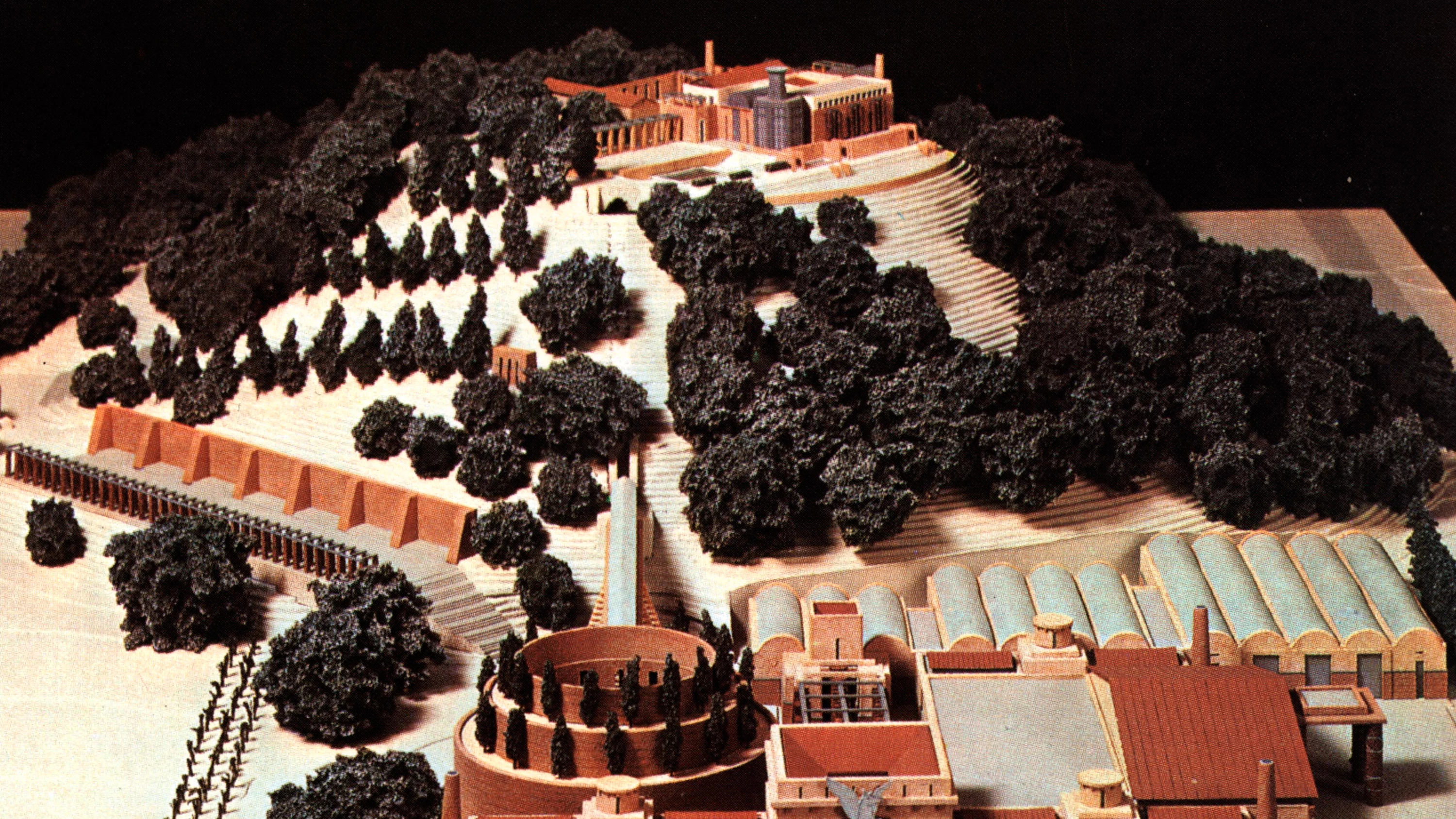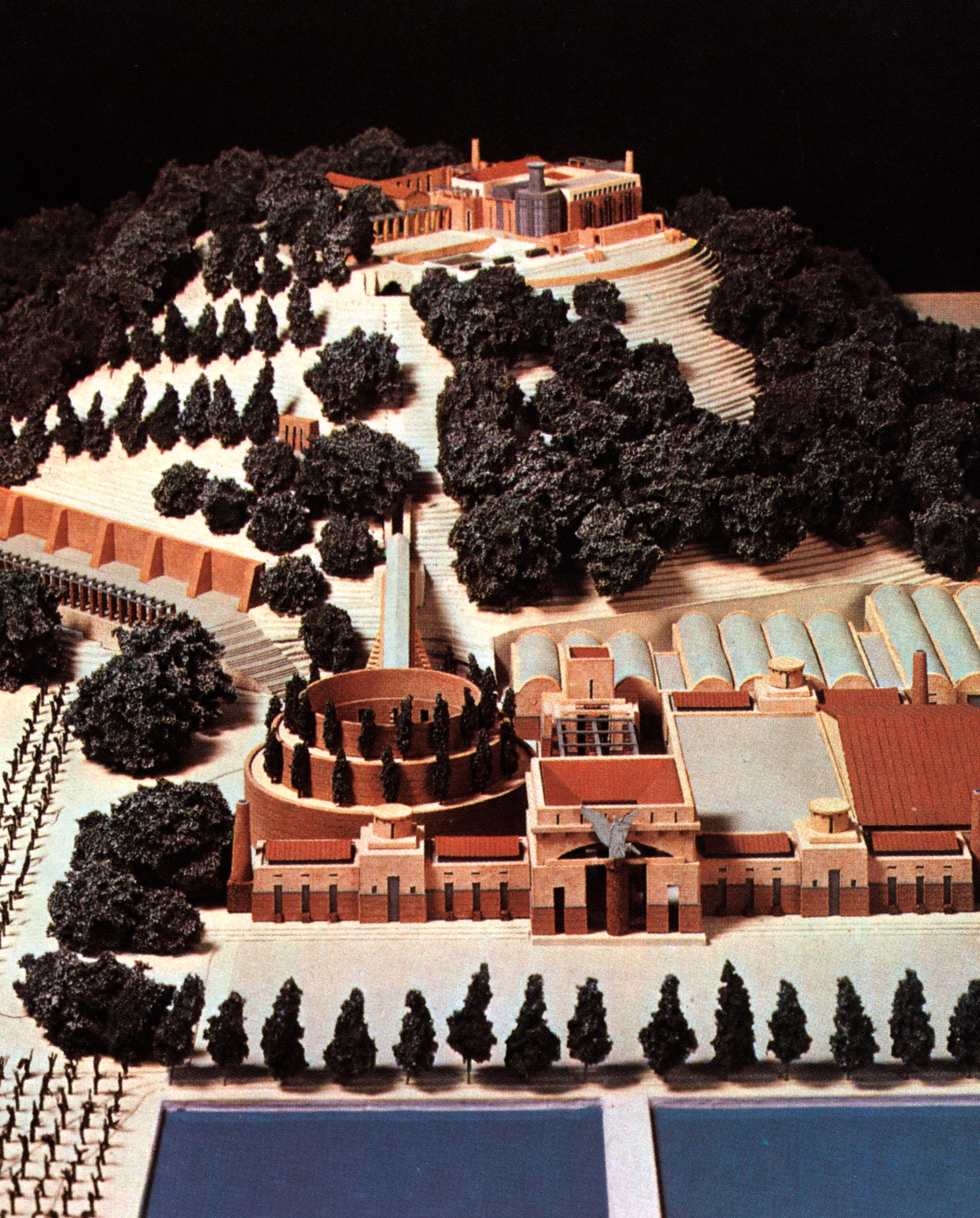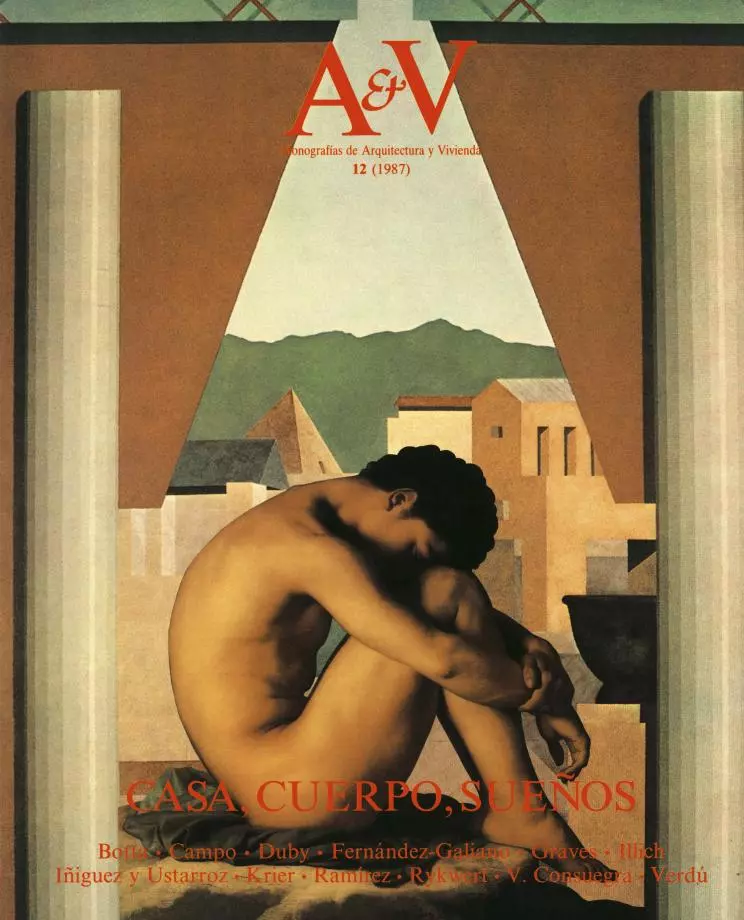Clos Pegase, Napa Valley
The Magic Cellar- Architect Michael Graves
- Type Housing House
- City Napa Valley (California)
- Country United States
If American soap operas are to be believed, the upper class in the United States is nearly entirely inspired by old Europe, to the point that the Texas millionaire in blue jeans who lives on a ranch and drives a Ford ≪limousine≫, would seem to be a dying breed. Today the millionaires wear tailcoats and shirtfronts, they drive Rolls Royces and live in mansions between Beaux-Arts and Shingle, and they devote themselves to that most European of arts: growing grapes to make wine.
Graves’s design is part of that general tendency. The residence and its wine cellars are converted into a monument, or archeology, in the context of a valley full of references to European styles and an art collection that includes a painting with a mythological theme: the winged Pegaso. During the 1980s, Graves developed the lessons of Roma Interotta to the limit: his fascination with the grand 18th-century Roman buildings described by Nolli and the 19th-century floor designs allowed the modern architect to dream of an architecture made up of fragments from the past, with Palladian, Enlightenment and Greek reminders.
Michael Graves has enormous plastic abilities. Like Corbu, he is a painter and has a remarkable intuition which lets him invent nearly all the gestures of an era. Working alone, he resolved the complicated question of situating the villa on top of a hill, like Olympus, with the cellars down below. The Pegaso foundation, the round monument, the aqueducts and the ponds that connect the villa with the factory are displayed like a public garden-museum. Unlike in Greenaway’s movie, it would seem that in the case of Michael Graves the draghtsman's contract always has a happy ending…[+]







